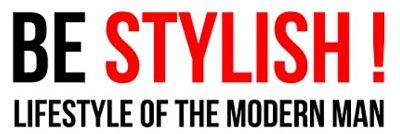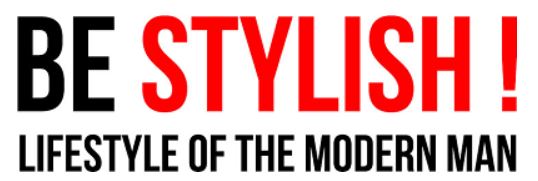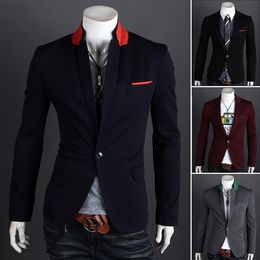Everything about the French Cuff

Maybe an even better title for this article would be “How to Make Outstanding Impressions in Your Business Meetings”. French cuffs are perfect for such situations.
So what’s a french cuff?
Actually, before we answer this question, let’s answer another:
What’s a cuff?
A cuff is the bottom part of a men’s shirt. This area actually has a different feel to the touch because it has an extra layer of fabric. The purpose of this is two-fold: first, the cuff keeps the end of the sleeve tighter so it won’t slip over one’s hand. The other is that it prevents fraying.
Just in case you still have trouble picturing where it is: the sleeve’s buttons and holes are also located on the cuff. Got it? OK. Let’s talk a little about the french cuff.
The french cuff is a special kind of cuff: you have to fold it before you button it. For this reason, it’s made twice as long. Take a close look at the picture from the beginning of this article and you’ll see that, in fact, the cuff has been folded upwards (over itself).
As you can imagine, shirts with french cuffs are very long – when unfolded, the cuffs can cover part of your fingers. This is why french cuffs are also called “double cuffs”.
Since I’ve named this article “everything about the french cuff”, let’s analyse a small detail. There are two types of french cuffs: simple and rounded. Here’s the difference:
Which one should you choose? If you’re not sure, pick either one. There are more important details when it comes to putting together a formal outfit and, if you want to stand out more, besides buttons (which we’ll talk about in a moment) you also have to choose a great tie and pocket square.
The length of the sleeve
Few people know exactly one of the key elements when it comes to formal outfits: the length of the sleeve.
The answer is very clear: the sleeve (including the cuff) should be a little over the your arm’s wrist. If you’re wearing a jacket this rule because even more important because your cuff should be partially visible (about once centimeter or half an inch).
To get a better idea, take a look below:
No, the money in the photo don’t come simply by following this rule but, if you’ll wear outstanding outfits to your business meetings… maybe they will follow. 🙂
Buttons
Shirts with french cuffs have one small.. inconvenience: their sleeves don’t have buttons. But don’t panic: cuff-links to the rescue!
There are two types of cuff-links, and both work great with french cuffs.
- Regular metal cuff links. These are the most common ones, and the ones that are in style right now. Here’s a great pair:
- Silk cuff links. They’re made entirely from silk or elastic and are usually worn with french cuffs. They come in a variety of colors, take a look:
To sum up…
If you were anxious and jumped straight to the end of this article, here’s what you should remember from it:
- The cuff is a shirt’s extremity where the sleeve ends.
- The french cuff (or double) is a special type of cuff that folds over itself
- You can wear french cuffs to formal occasions but it can also be worn on more formal occasions if you know how.
- The french cuff doesn’t have any buttons. You MUST also purchase a pair of cuff links.
A last piece advice: never wear your french cuffs unfolded. If you want to look more relaxed, there are other alternatives:
- In formal situations you can take off your tie or unbutton the top button from your shirt.
- In informal situations you can open a second button from your shirt.
OK, I hope I convinced you that such a shirt is worth investing if you have important business meetings. Heck, it’s worth it even if you don’t but you want to make an impression.
Until next time,
George





